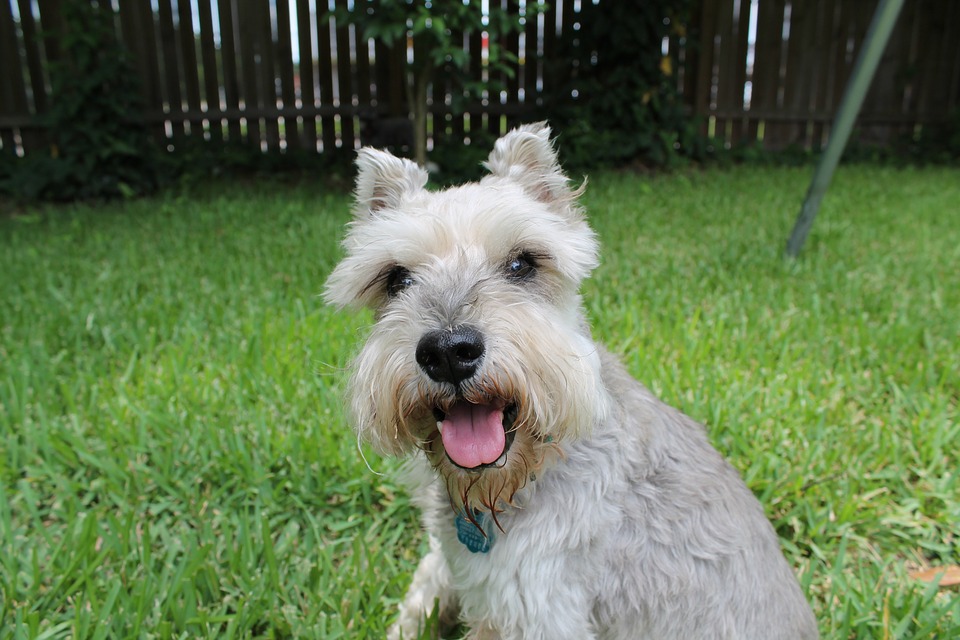
Schnauzer, A Comprehensive Guide
The Schnauzer is a versatile and well-loved dog breed known for its distinctive appearance, intelligence, and protective nature. With three varieties—Miniature, Standard, and Giant—the Schnauzer dog breed has captured the hearts of families, farmers, and dog enthusiasts worldwide. Their iconic bushy eyebrows and beard, along with their loyal and fearless temperament, make them an excellent choice for a wide range of households. Whether you’re interested in the agile Miniature Schnauzer, the adaptable Standard Schnauzer, or the imposing Giant Schnauzer, this comprehensive guide will provide you with everything you need to know about this unique breed.
History of the Schnauzer
The Schnauzer breed has deep roots in Germany, with its origins dating back to the 15th and 16th centuries. The name «Schnauzer» is derived from the German word «schnauze,» meaning snout, which is fitting given the breed’s prominent and distinctive facial features, including its whiskers and beard. Originally bred as a working dog, the Schnauzer was used for guarding property, hunting vermin, and even herding livestock.
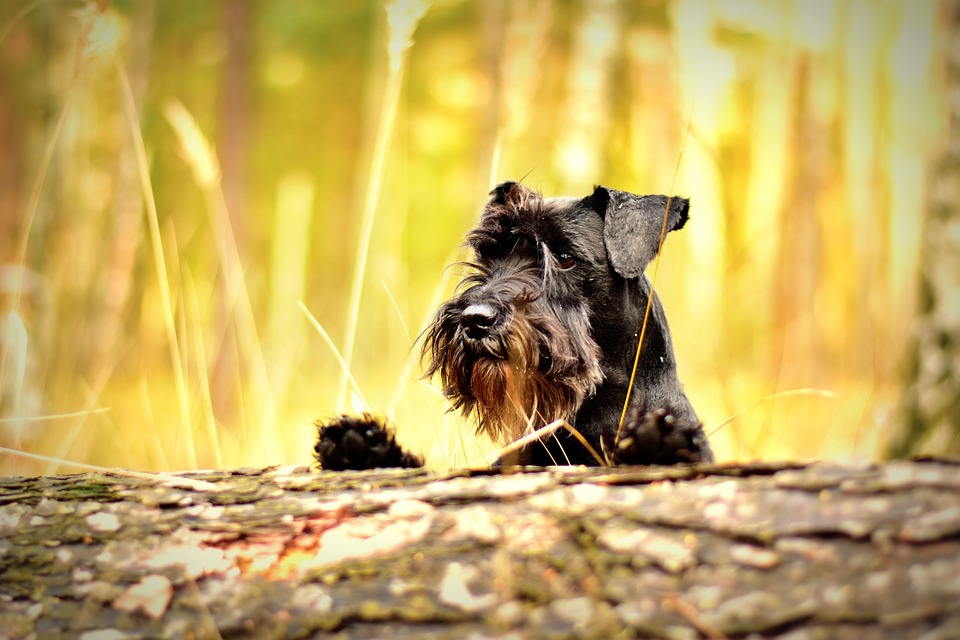
The Standard Schnauzer is the oldest of the three varieties and served as the foundation for both the Miniature and Giant Schnauzers. The Miniature Schnauzer was developed by crossing the Standard Schnauzer with smaller breeds, such as the Affenpinscher, to create a compact and agile dog suited for ratting and farm work. The Giant Schnauzer, on the other hand, was bred by crossing the Standard Schnauzer with larger breeds like the Great Dane and Bouvier des Flandres to produce a powerful guard dog.
The Schnauzer’s versatility and loyal nature quickly earned it a reputation as a dependable working dog, as well as a devoted family companion. Over time, the Schnauzer gained recognition and popularity, and today, all three varieties are beloved members of families around the world.
Physical Characteristics of the Schnauzer (Miniature, Standard, and Giant)
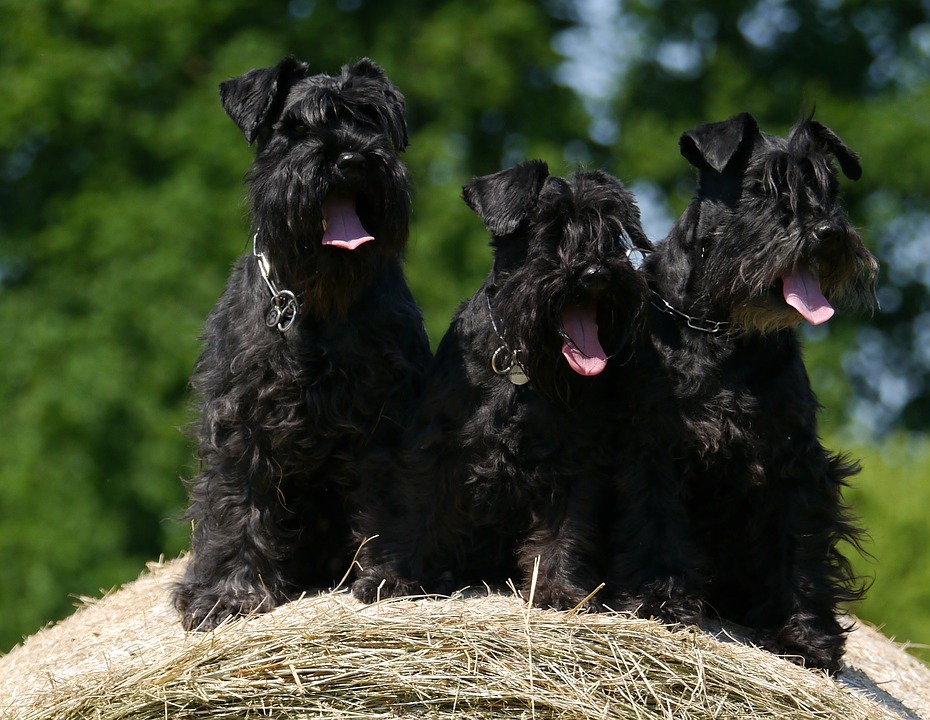
Despite being categorized into three sizes—Miniature, Standard, and Giant—all Schnauzers share similar physical traits that make them easily recognizable.
- Miniature Schnauzer: Standing between 12 to 14 inches tall and weighing 11 to 20 pounds, the Miniature Schnauzer is the smallest of the breed. Its compact size makes it a popular choice for apartment living, yet it retains the alertness and energy of its larger counterparts.
- Standard Schnauzer: The original Schnauzer, the Standard stands between 17.5 to 19.5 inches tall and weighs 30 to 50 pounds. It is a well-balanced and athletic dog, often described as sturdy and agile, making it highly adaptable to various living environments and activities.
- Giant Schnauzer: As the largest variety, the Giant Schnauzer stands between 23.5 to 27.5 inches tall and can weigh anywhere from 55 to 85 pounds. Its imposing size, strength, and protective instincts make it an excellent guard dog.
All Schnauzers feature the breed’s signature square-shaped head, bushy eyebrows, and a thick, wiry coat that comes in colors such as salt-and-pepper, black, or black and silver. Their strong, muscular bodies and alert posture give them an overall appearance of confidence and elegance.
Temperament and Personality
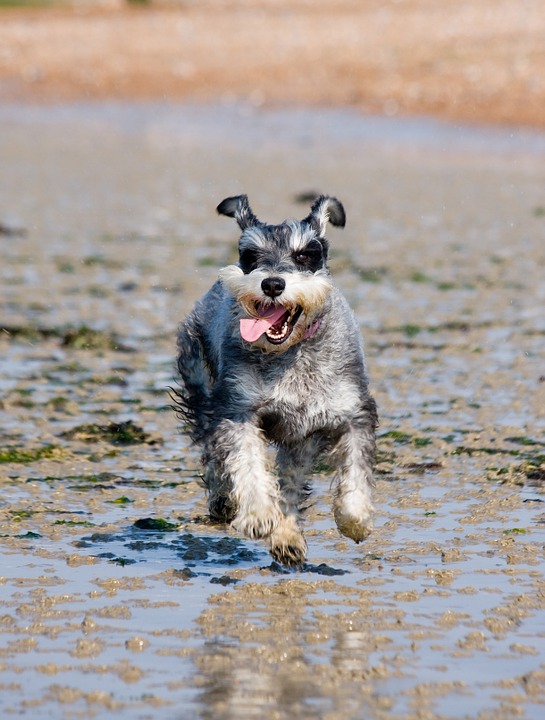
The Schnauzer temperament is one of the breed’s most appealing qualities. Schnauzers are known for their intelligence, loyalty, and energetic personalities. They are highly adaptable dogs that thrive in various environments, making them excellent companions for families, singles, and active individuals.
Schnauzers are highly protective of their families and make excellent watchdogs. Their alert nature, combined with their natural guarding instincts, means they will bark to alert their owners of any potential intruders or unfamiliar situations. Despite their protective nature, Schnauzers are not aggressive dogs. With proper training and socialization, they are friendly and affectionate, especially with their families.
Another key aspect of the Schnauzer personality is its intelligence. Schnauzers are quick learners and enjoy mental challenges, making them easy to train. However, their intelligence can also make them independent and, at times, stubborn, so consistent training and positive reinforcement are essential.
While they are loyal and protective, Schnauzers are also known for their playful and energetic disposition. They require regular physical and mental stimulation to prevent boredom, which can lead to destructive behaviors.
Health and Common Issues
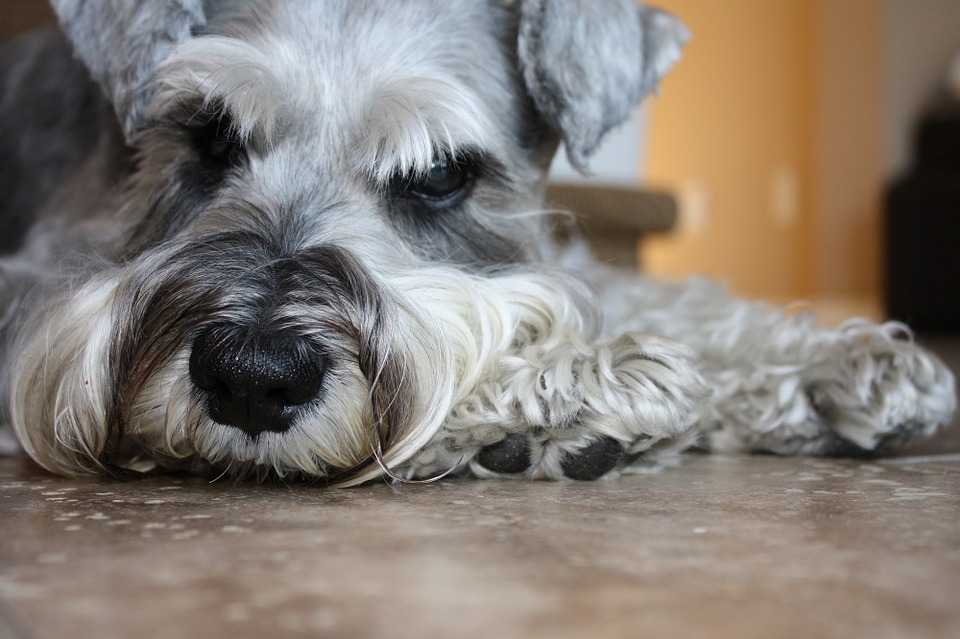
Like all dog breeds, Schnauzers are prone to certain health issues, which vary slightly depending on the variety. Some of the most common Schnauzer health issues include:
- Hip Dysplasia: This condition affects the hip joints and can lead to pain and mobility issues, especially in larger breeds like the Standard and Giant Schnauzers.
- Pancreatitis: Miniature Schnauzers are particularly prone to developing pancreatitis, a condition that causes inflammation of the pancreas and can lead to digestive problems.
- Eye Conditions: Schnauzers may develop eye issues such as cataracts or progressive retinal atrophy (PRA), which can lead to vision loss if not treated early.
- Skin Allergies: Schnauzers are also prone to skin conditions and allergies, which can cause itching, redness, and discomfort.
Regular veterinary care, a balanced diet, and proper exercise can help manage these health issues and ensure a long, healthy Schnauzer lifespan. On average, Miniature Schnauzers live between 12 to 15 years, Standard Schnauzers between 13 to 16 years, and Giant Schnauzers between 10 to 12 years.
Care and Maintenance
Schnauzers are relatively low-maintenance dogs when it comes to grooming, but their wiry coats require regular attention to keep them in top condition. The breed’s double coat consists of a soft undercoat and a coarse, wiry outer coat, which helps protect them from the elements.
- Brushing: Schnauzers need to be brushed several times a week to prevent matting and remove dead hair. Regular brushing also helps keep their coats shiny and healthy.
- Trimming: Schnauzers require professional grooming every 6 to 8 weeks to maintain the shape of their iconic beard, eyebrows, and overall coat. Hand-stripping is recommended for show dogs to maintain the wiry texture of the coat, while pet Schnauzers may be clipped for easier maintenance.
- Bathing: Baths should be given as needed, typically every few months, to keep their coat clean.
- Dental Care: Regular brushing of the Schnauzer’s teeth is essential to prevent dental disease, which is common in the breed. Dental chews and professional cleanings are also beneficial.
- Nail Trimming: Schnauzers’ nails should be trimmed regularly to prevent overgrowth and discomfort.
Training Your Schnauzer
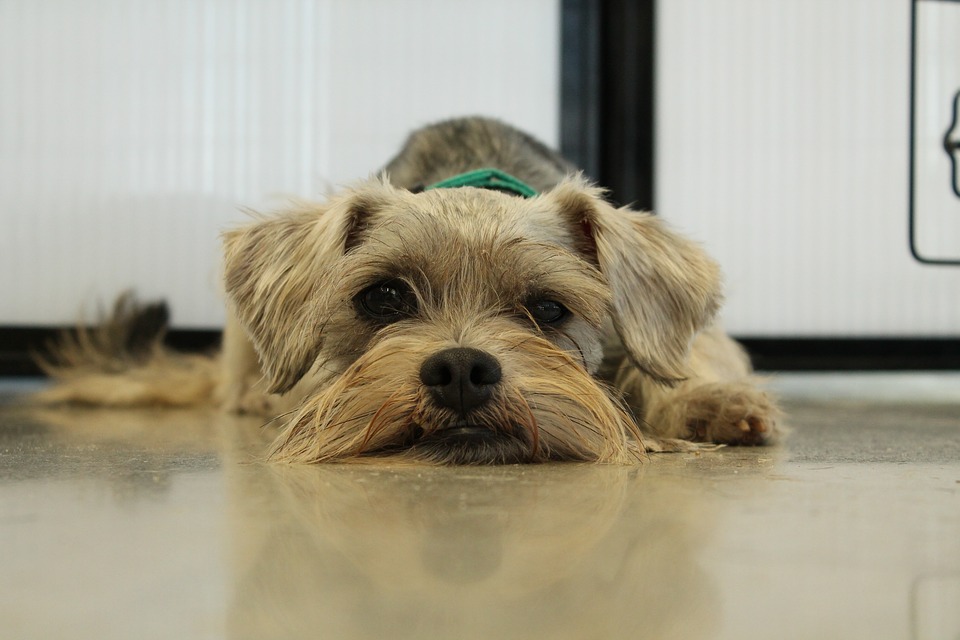
Schnauzers are highly intelligent dogs that enjoy learning new things, making them relatively easy to train. However, their independent and sometimes stubborn streak means that training requires consistency and patience.
Using positive reinforcement techniques such as treats, praise, and playtime will yield the best results with a Schnauzer. Early socialization is crucial to ensuring that your Schnauzer becomes a well-adjusted adult. Exposing them to different people, environments, and other animals at a young age will help prevent behavioral issues and ensure they are comfortable in various situations.
Obedience training is essential for all Schnauzer varieties, especially the Giant Schnauzer, due to its size and strength. Teaching basic commands like «sit,» «stay,» and «come» will make your Schnauzer easier to manage and strengthen the bond between you and your dog.
Exercise Needs
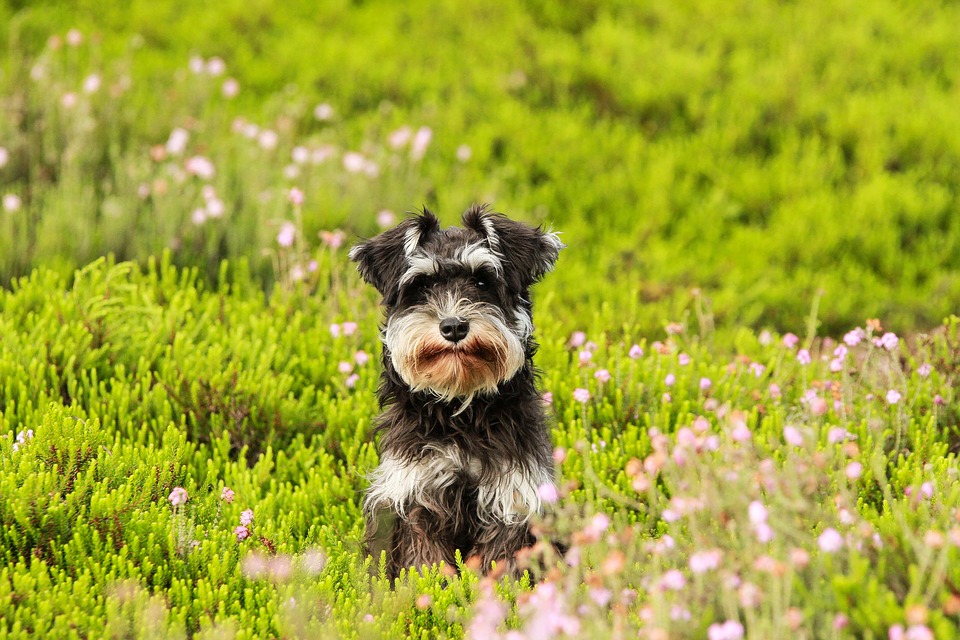
Schnauzers are active dogs that require regular exercise to stay happy and healthy. Their energy levels can vary depending on the variety, but all Schnauzers benefit from daily walks, playtime, and mental stimulation.
- Miniature Schnauzer: Despite their small size, Miniature Schnauzers are energetic and need at least 30 minutes to an hour of exercise per day. They enjoy activities such as walking, playing fetch, and exploring new environments.
- Standard Schnauzer: Standard Schnauzers require a bit more exercise, typically 60 to 90 minutes a day. They are known for their agility and enjoy activities that challenge their bodies and minds, such as hiking, running, or participating in dog sports like agility or obedience trials.
- Giant Schnauzer: As the most powerful of the three, the Giant Schnauzer needs plenty of physical and mental stimulation. They require at least 90 minutes to 2 hours of exercise each day and thrive in homes that can provide them with space to roam and activities to keep them engaged.
Schnauzer Puppies: What to Expect
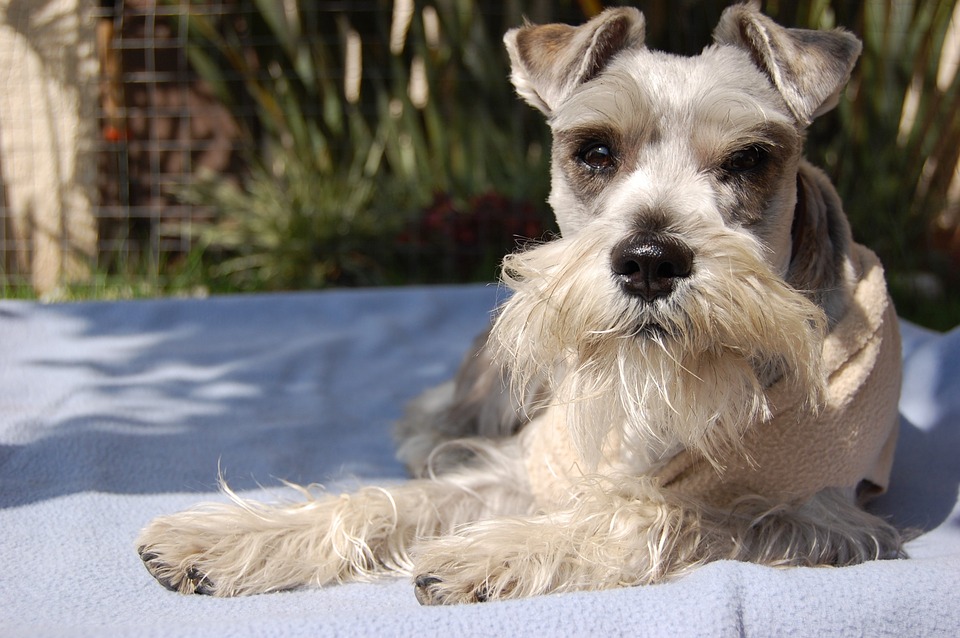
Bringing home a Schnauzer puppy is an exciting experience. Schnauzer puppies are known for their playful and curious nature, but they also require consistent training and socialization to develop into well-behaved adults.
Schnauzer puppies tend to be energetic and full of life, so it’s important to provide them with plenty of toys and opportunities to explore their surroundings. Early training is key to helping them learn basic commands and house manners.
Establishing a routine for feeding, training, and playtime will help your Schnauzer puppy feel secure and understand what is expected of them. Puppy-proofing your home and providing plenty of chew toys will prevent destructive behavior during the teething phase.
Feeding Schnauzers: Puppy, Adult, and Senior Diets
Proper nutrition is essential for the health and development of Schnauzers at every stage of life. Feeding them a high-quality, balanced diet will ensure they get the nutrients they need to thrive.
- Puppies: Schnauzer puppies require a diet rich in protein and fat to support their rapid growth and energy needs. High-quality puppy food that meets their nutritional requirements is essential. Feeding them smaller, more frequent meals throughout the day helps maintain their energy levels.
- Adults: Adult Schnauzers need a balanced diet that provides the right amount of protein, fat, and carbohydrates. Monitoring their weight and adjusting their food intake based on their activity level will help prevent obesity.
- Seniors: Senior Schnauzers may require a diet lower in calories but rich in nutrients to support their aging bodies. Senior dog food often includes joint supplements and easily digestible proteins to maintain their health and mobility.
Nutritional Tips for Schnauzers:
- Portion Control: It’s important to monitor portion sizes to prevent overeating, especially for Miniature Schnauzers, who are prone to weight gain.
- Hydration: Ensure your Schnauzer has access to fresh water at all times, especially during hot weather or after exercise.
- Skin and Coat Health: Omega-3 and omega-6 fatty acids can help keep your Schnauzer’s coat healthy and shiny.
Behavior with Children and Other Pets
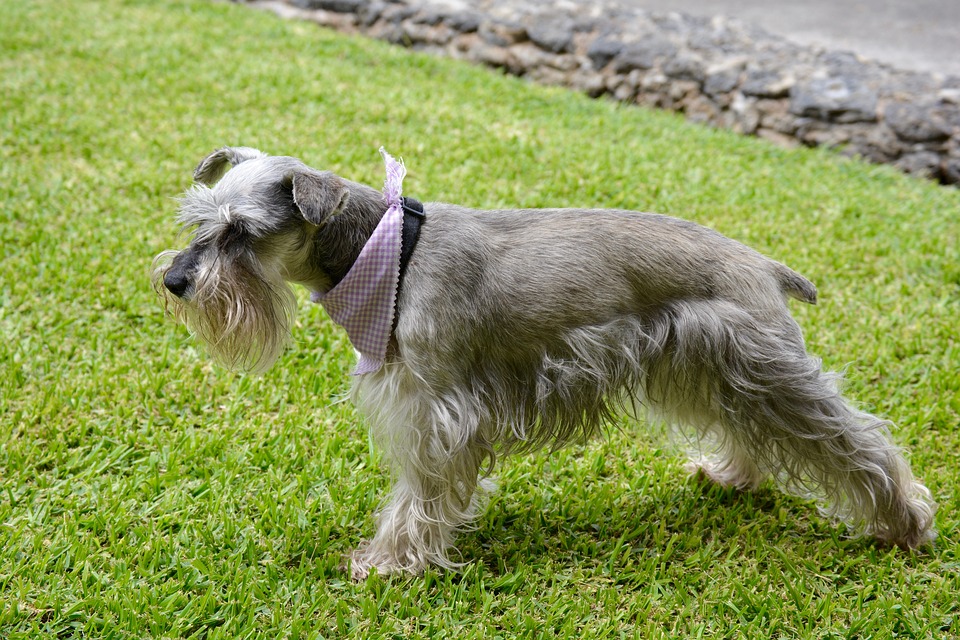
Schnauzers are known for their friendly and adaptable nature, making them excellent companions for families with children. Their protective instincts make them particularly attentive to younger family members, and they are generally patient and gentle with children.
Schnauzers also tend to get along well with other pets, especially if they are introduced early. However, due to their natural hunting instincts, Miniature Schnauzers may need extra supervision around smaller pets like hamsters or birds.
Proper socialization is key to ensuring that your Schnauzer develops good manners and behaves well around other animals and people.
Ideal Environment for Their Development
Schnauzers thrive in environments where they can receive plenty of attention, playtime, and mental stimulation. They are highly adaptable dogs that can do well in both apartments and larger homes, as long as their exercise needs are met.
While they enjoy outdoor activities, Schnauzers are indoor dogs that love spending time with their human families. They do not do well when left alone for long periods and may become bored or anxious if they do not receive enough attention.
Breed Standards According to the AKC

According to the American Kennel Club (AKC), the breed standard for Schnauzers emphasizes a robust, squarely built dog with an alert and intelligent expression. Key characteristics of the Schnauzer include:
- Head: Square-shaped, with a strong jaw and characteristic beard and eyebrows.
- Eyes: Dark and oval-shaped, set deep with an intelligent expression.
- Ears: V-shaped and set high on the head, folding close to the cheeks.
- Body: Compact and muscular, with a deep chest and straight back.
- Coat: The Schnauzer has a double coat consisting of a soft undercoat and a wiry, harsh outer coat. Colors include salt-and-pepper, black, and black and silver.
- Tail: Typically docked and carried high, though this may vary depending on country-specific regulations.
The Schnauzer should exhibit a balanced and athletic build, moving with agility and confidence.
The Best Role for the Schnauzer

The Schnauzer is best suited for roles that highlight its protective, loyal, and intelligent nature. As a working dog breed, Schnauzers have historically been used for guarding, herding, and hunting, but they also excel in modern roles such as obedience, agility, and even therapy work.
Due to their strong bond with their families and natural protective instincts, Schnauzers also make excellent companions. Their friendly and adaptable nature makes them well-suited for families, singles, and seniors alike.
For those seeking a loyal, intelligent, and energetic companion, the Schnauzer is an ideal breed. Their playful and loving personality, combined with their versatility, ensures they will bring joy and companionship to any home.
